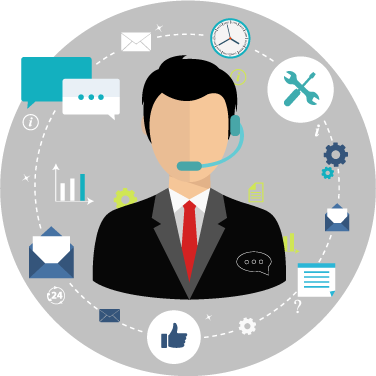ERP HRMS & Payroll
One Stop Solutions For Enterprise Resource Planner
Using digital automation, an HRMS organizes and displays candidate and workforce data. Because security is a priority, users need a username and password, and to use two-step verification. An HRMS also utilizes segmentation to ensure that only authorized users can access specific information.
Features :
Single or Multiple Hospitals/Department can be easily managed by Hospital Management ERP. Hospital wide integration on a common system which improves efficient internal communications.
- Storing and organizing relevant candidate and staff information
- Planning benefits administration and ensuring timely, accurate payroll
- Enhancing the talent acquisition process for candidates and employers
- Boosting retention and engagement
- Offering L&D opportunities and tracking people’s progress
- Managing compliance training
- Running reports and preparing KPIs for better analytics
- Tracking time and attendance and aligning it with payroll
- Improving workforce and succession planning
- Monitoring progress and performance reviews for talent management
Advantages of a HRMS system :
Increased efficiency.By streamlining all HR functions with self-service and automatic digital filing, HR professionals can adjust their energy away from administrative work toward managing people.
Better workforce planning decisions.An HRMS provides centralized, accessible data and accurate analytics, enabling data-based decisions regarding hiring, upskilling, and succession planning.
Improved employee retentionCustomized career planning and L&D opportunities enable people to pursue and achieve career goals and create a more meaningful and engaging work experience.
Better recruitment.Using AI, an HRMS enables recruiters to source suitable candidates faster while offering them a smoother candidate experience.
A smaller margin of error.Typically, HRMS software includes automatic updates regarding labor laws and regulations, ensuring HR compliance with critical new legalities.

Our digital re-imagination strategy transform and automates people, process and technology to the digital first world.
Find out whether the business process is agile enough to adapt to the digital age?
Get Started